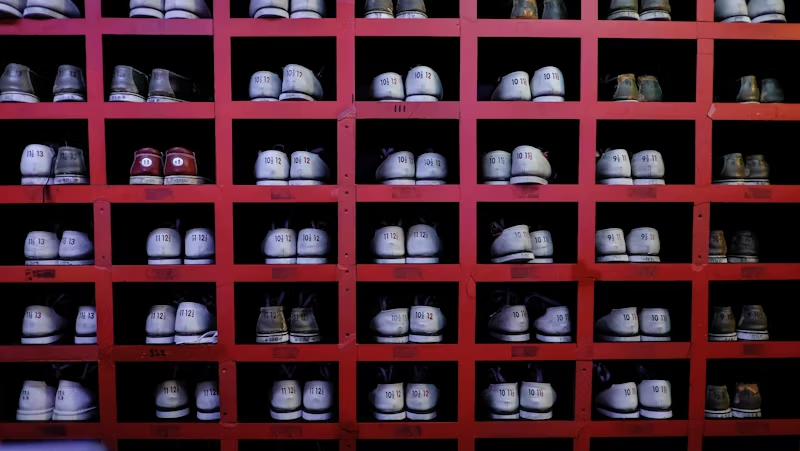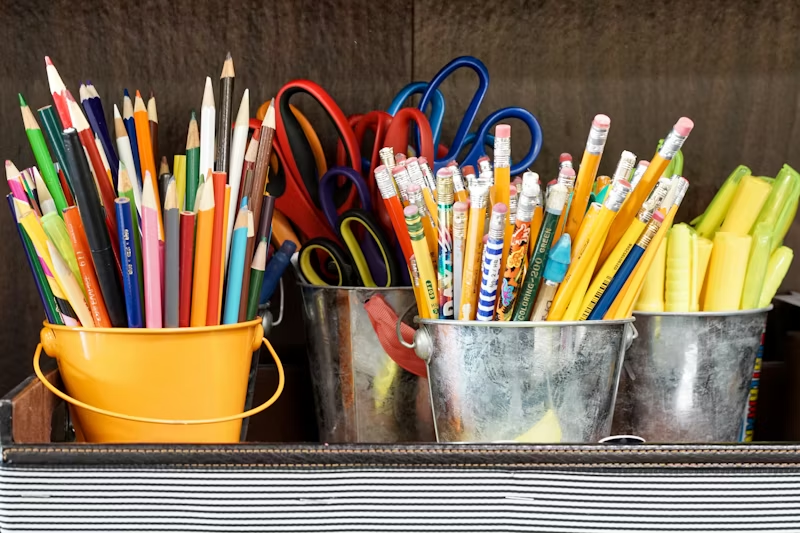A deep pantry can be a blessing and a curse. On the one hand, it provides ample storage space for all your food items. On the other hand, it can be difficult to keep everything organized and easily accessible. Fortunately, with a little planning and effort, organizing a deep pantry can be a breeze.
The first step in deep pantry organization is planning. Take inventory of what you have and what you need to store, and then plan out where everything will go. Consider using a zoning system, where each shelf or section is dedicated to a specific category of items. The most frequently used items should be stored at eye level, while heavier items can be stored on lower shelves.
If you’re feeling overwhelmed by the task of organizing your deep pantry, consider enlisting the help of a professional organizer. They can provide expert advice on how to make the most of your space and create a system that works for you. With a little effort and the right approach, organizing a deep pantry can be a rewarding and stress-free experience.
Assessing Your Pantry Space
Before diving into the organization process, it’s crucial to assess your deep pantry space. This will help you determine what organizational tools you need and how to best utilize the space. Here are some factors to consider:
Determining Pantry Size and Depth
One of the first things to consider when assessing your pantry space is its size and depth. Deep pantries can be challenging to organize, but they offer a lot of storage space. Measure the height, width, and depth of your pantry to get an accurate idea of its size. This will help you determine what organizational tools, such as baskets, bins, or shelving units, you need to maximize the space.
Identifying Storage Challenges
Another important factor to consider when assessing your pantry space is any storage challenges you might face. Deep shelves can make it difficult to see and access items in the back. Consider using pull-out drawers or baskets to make it easier to access items stored in the back. Additionally, if you have a lot of small items, consider using storage containers to keep them organized and easy to find.
When assessing your pantry space, it’s important to keep in mind your specific needs and the types of items you need to store. By taking the time to properly assess your space, you’ll be able to create an organization system that works best for you.
Decluttering and Categorization
When it comes to organizing a deep pantry, decluttering and categorization are the two most important steps. By following these steps, you can easily find what you need and avoid buying items you already have. Here are some tips for decluttering and categorizing your pantry.
Removing Expired Items
The first step in decluttering your pantry is to remove all expired items. Expired food can take up valuable space and cause clutter. Check the expiration dates on all items and discard any that are past their prime. This will not only free up space but also ensure that you are consuming fresh and healthy food.
Grouping Items by Category
Once you have removed all expired items, the next step is to group the remaining items by category. This will make it easier to find what you need and keep your pantry organized. Some common categories include baking supplies, canned goods, snacks, and condiments.
Consider using clear containers to store items that are hard to see, such as snacks and baking supplies. This will make it easier to find what you need without having to dig through the pantry. Labeling containers with the name of the item and the expiration date can also help you keep track of what you have and when it needs to be used.
It’s important to declutter your pantry regularly to keep it organized. Set a reminder to check for expired items and reorganize your pantry every few months. By following these simple steps, you can keep your deep pantry organized and clutter-free.
Storage Solutions and Accessories
Keeping a deep pantry organized can be a challenge, but with the right storage solutions and accessories, it can be a breeze. Here are some ideas for making the most of your pantry space.
Utilizing Bins and Containers
Bins and containers are a great way to keep similar items together and make them easy to access. Clear containers are especially useful because they allow you to see what’s inside without having to open them. This is particularly helpful for items that come in small packages or for things like baking ingredients that can look similar.
Labeling bins and containers is also important so that you can quickly find what you need. A label maker can make this task quick and easy. For items that you use frequently, consider using open bins or baskets so that you can easily grab what you need.
Implementing Shelf Risers and Lazy Susans
Shelf risers and lazy susans are two other accessories that can help maximize space in a deep pantry. Shelf risers allow you to store items vertically, which can be especially helpful for things like canned goods or spices. Lazy susans are great for storing items that can be hard to reach, such as oils or vinegars.
Pull-out drawers are another option for deep pantries. These can be especially helpful for storing items like potatoes or onions that need to be kept in a cool, dark place.
By utilizing these storage solutions and accessories, you can make the most of your deep pantry space and keep everything organized and easily accessible.
Organizing for Accessibility and Visibility
When it comes to organizing a deep pantry, accessibility and visibility are the keys to success. Here are some tips to ensure that your pantry is organized in a way that makes it easy to find what you need quickly.
Strategic Placement of Items
One of the most important things to consider when organizing a deep pantry is the strategic placement of items. To make it easy to find what you need, it’s important to place frequently used items at eye level or within reach. This way, you won’t have to dig through your pantry to find what you need.
Another helpful tip is to organize your pantry in height order. This means placing taller items at the back of the pantry and shorter items at the front. This will help you see everything in your pantry at a glance, making it easier to find what you need.
Using Clear Bins and Labels
Clear bins and labels are another great way to make your pantry more organized and accessible. Clear bins allow you to see the contents of your pantry at a glance, making it easy to find what you need quickly. Labels are also important, as they help you locate items in your pantry more easily.
To make your labels even more effective, consider using a label maker. This will ensure that your labels are clear and easy to read, making it easy to find what you need even if you have children who can’t read yet.
Finally, it’s important to pay attention to use-by dates. Make sure that you are rotating your items so that the oldest items are used first. This will help you avoid wasting food and money, and ensure that your pantry is always well-stocked with fresh items.
By following these tips, you can ensure that your deep pantry is always well-organized, easy to navigate, and stocked with everything you need to prepare delicious meals.
Maintaining Your Organized Pantry
Once you’ve organized your deep pantry, it’s important to maintain it to ensure that it stays organized and functional. Here are some tips on how to keep your pantry in top shape:
Regularly Updating and Cleaning
Regularly updating your pantry is essential to maintaining its organization. Make sure to remove expired items and donate or discard any items that you no longer need. This will help to prevent food waste and keep your pantry clutter-free.
Deep cleaning your pantry on a monthly basis is also important. Remove all items from your shelves, clean the shelves thoroughly, and reorganize as needed. This will help to prevent pests and keep your pantry looking fresh.
Creating an Inventory System
Creating an inventory system can help you keep track of what you have in your pantry and prevent overbuying. Consider using a whiteboard or a spreadsheet to keep track of your pantry items. This will help you to know what you have on hand and prevent food waste.
Another way to keep your pantry organized is to group similar items together. For example, group all baking supplies in one area and all canned goods in another. This will make it easier to find what you need and prevent clutter.
Overall, maintaining an organized pantry requires regular upkeep and attention to detail. By regularly updating and cleaning your pantry and creating an inventory system, you can keep your pantry functional and prevent food waste.



